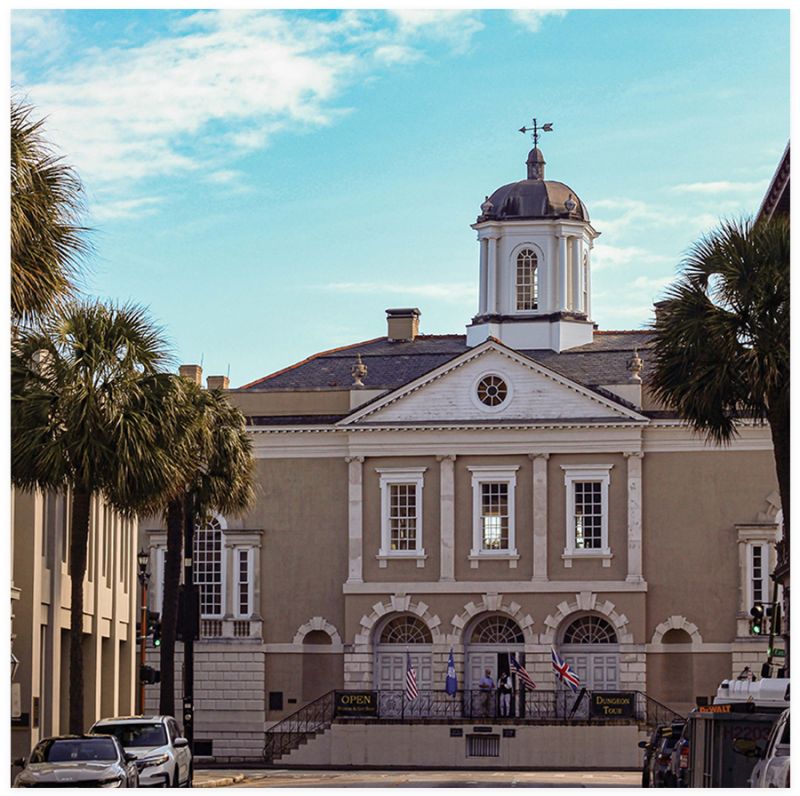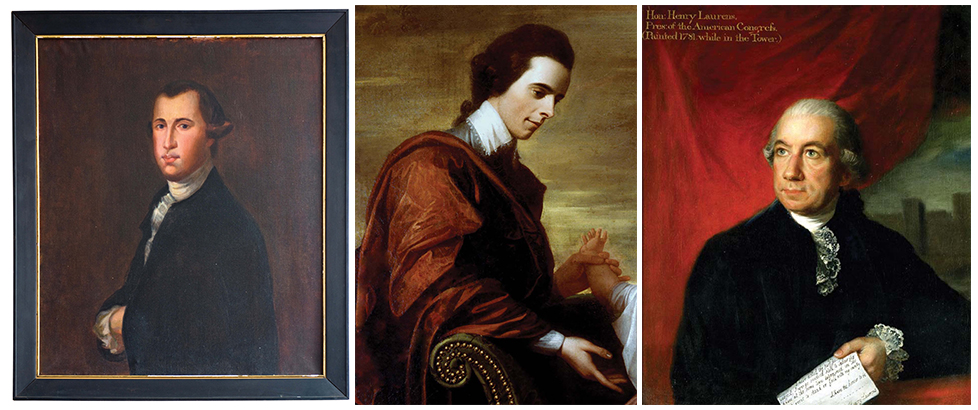The First Provincial South Carolina Congress’ call to arms

The exact time and place where revolutions begin is always hard to pin down. But 250 years ago this month, on January 11, 1775, South Carolina took a great leap toward independence from Great Britain when nearly 200 men gathered at the Exchange Building at the foot of Broad Street.
The discontent had been brewing for years—tiffs over taxing tea and other commodities and the king and his representatives housing British soldiers wherever they saw fit. Colonists, including many of the same Carolinians, had gathered in Philadelphia in September 1774 to air grievances and plan at the First Continental Congress. In December of that year, elections took place in all parishes and across the South Carolina backcountry; those delegates arrived in town in January to meet at the Exchange’s Great Hall. There, they took the deliberate first steps of wrestling the reins of power from King George III.
Self-determination and self-government for South Carolina was now beyond an idea. A council of safety was established; and on it were many local dignitaries, including Arthur Middleton, Thomas Heyward Jr. (both would sign the Declaration of Independence), William Henry Drayton, Charles Cotesworth Pinckney, and Christopher Gadsden. Acting as a sort of a de facto governor, Henry Laurens presided.

(Left) Thomas Heyward Jr., (middle) Arthur Middleton were two of the delegates who met at the Exchange Building, where Henry Laurens (far right) presided over the First Provincial South Carolina Congress, laying the groundwork for the American Revolution.
Each man would become a major player once the battle began. They were charged with the command of the province’s military, given the ability to contract debts, issue money, liquidate and pay all accounts, and sign commissions for the army. The session ended on January 17, 1775, when this First Provincial South Carolina Congress resolved “that it be recommended… to all inhabitants of this colony, that they be diligently attentive in learning the use of arms; and that their officers be requested to train and exercise them at least once a fortnight.”
By the end of the next month, each parish and district had established military companies; in May, delegates departed to meet with the other colonies in Philadelphia; and in June, the Royal Governor, Lord William Campbell, conceded defeat and fled. The process that began in January could not be stopped. By the time the Declaration of Independence was signed in July 1776, the colony and its leaders were ready.